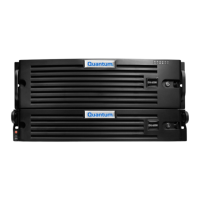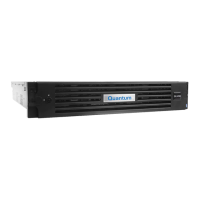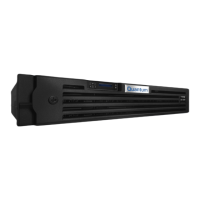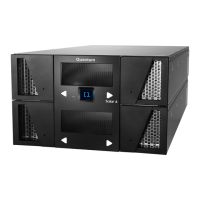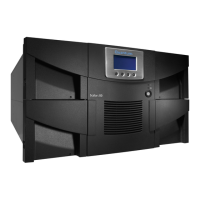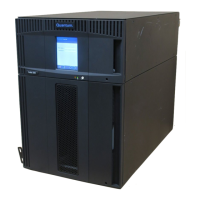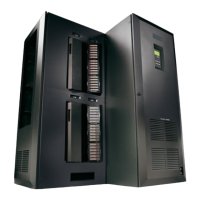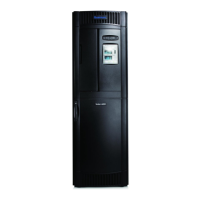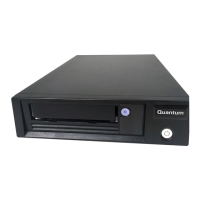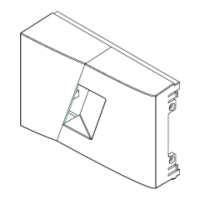Chapter 2: Service Menus
Blockpool Verify and Blockpool Corruption Actions
Quantum DXi6900 G1 User’s Guide 57
These individual BLOB tags can then be mapped back to VTL carts or
NAS files (using deduputil). These carts or files are not able to be
retrieved (or replicated) until repaired, however they can be deleted.
If you see no corrupt BLOB messages (but you did see corrupt blocklet
messages), the corrupt blocklets are orphaned. For example, they are
not referenced by any BLOBs. In this case, there is nothing to do, it is
safe to leave them in the blockpool.
Note: Blocklets become orphaned either due to rare cases with an
unclean shutdown recovery or as the result of a delete
operation that has been run, but no compaction operation has
been run yet (the latter is not possible pre 1.1).
Repairing a Blocklet
Corruption
In order to repair corrupted blocklets, the blockpool must re-ingest the
data. This can be achieved by storing the fragment files again, if they
are un-truncated, or by asking the customer to re-store their backup
from tape. In some cases, just storing a new (similar) backup could
repair the damage.
Verifying the Repair of
Blocklet Corruption
The blockpool will display messages when it repairs blocklets. However,
to prove that all of the corruption has been repaired, a second
blockpool verification script must be run. If it shows no corruption
messages, the blockpool corruption is repaired. If messages are still
displayed, repeat the process, and ingest different data to repair.
Verifying the Repair of
BLOB Corruption
Once the blocklets have been repaired, it is necessary to verify the BLOBs
again to reset their corruption flags, and to make sure everything has
been repaired. This can be achieved by verifying the individual BLOBs
with:
/hurricane/blockpool/bin/blockpool verify <tag>
+Nlocal@localhost &
Alternatively, doing a full blob_data level verify again would ensure that
everything is correct. The individual BLOB verify would be quicker for a
small number of BLOBs, but slower for a large number.
Refer to the following flow chart describing this process (see Figure 33).
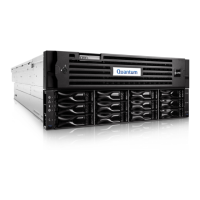
